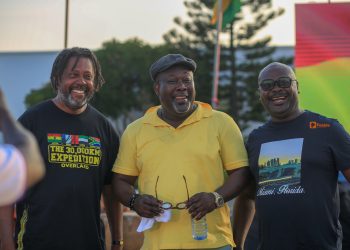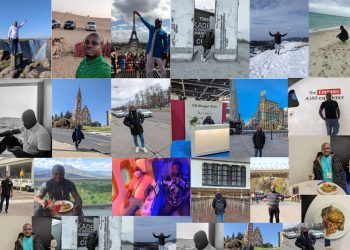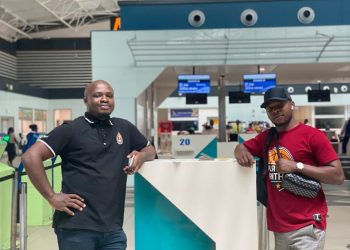The Kundum Festival is regarded as the oldest documented festival in the history of the Gold Coast. The first official documentation of the festival written in the early part of the 17th century by one Dutch voyager by name Bossman, who landed on the coast of Ghana (then Gold Coast). Bossman however believed the festival had been in existence for over a hundred years, in the late part of the 16th century before he chanced upon it to write the first known official document detailing its celebration.
The Festival is celebrated by the people of Ahanta and Nzema in the Central region of Ghana. Unlike most Ghanaian festivals which have specific commencement date and schedules, the Kundum festival does not have such, instead the start of the festival is based on the day the fruit of a certain type of Palm tree become ripe.
According to the people of Ahanta, the festival was instituted after one hunter by name Akpoley went to the forest for hunting and chanced upon a group of dwarfs dancing in well uniformed circular pattern. It is believed that the hunter, Akpoley, hid and observed the dance of the dwarfs, after which he went back to the Ahanta Township and introduced the new found dance to his people. Over time, the dance became associated with expelling evil spirit from the towns and Villages of the Ahanta and Nzema people.
As years went by and modernity set in, the kundum festival underwent several changes and became a festival celebrated to thank God for the abundance of food as well as protection of the people, hence making Kundum both a religious and harvest festival.
The festival lasts for a period of eight days and involves activities like drumming and feasting, as well as sacrifice of animals by the elders of the people. The sacrifice usually involves slaughtering of a fowl in a stool room by a few selected designated people who are normally elders of the town.
Another fowl is also slaughtered in public, at a durbar as a sacrifice to the gods and ancestors of the town, after which the ritual dance discovered by Akpoley is performed by the dancers and women of the town. The rest of the days are spent preparing food, eating and dancing.
The Ahanta and Nzema area receive thousands of guests every year during the celebration of the week –long festival. Most of whom are invited guests and tourists who come from afar to observe the tradition and festival.
Still have some travel questions? Ask in our Travel WhatsApp Group.







